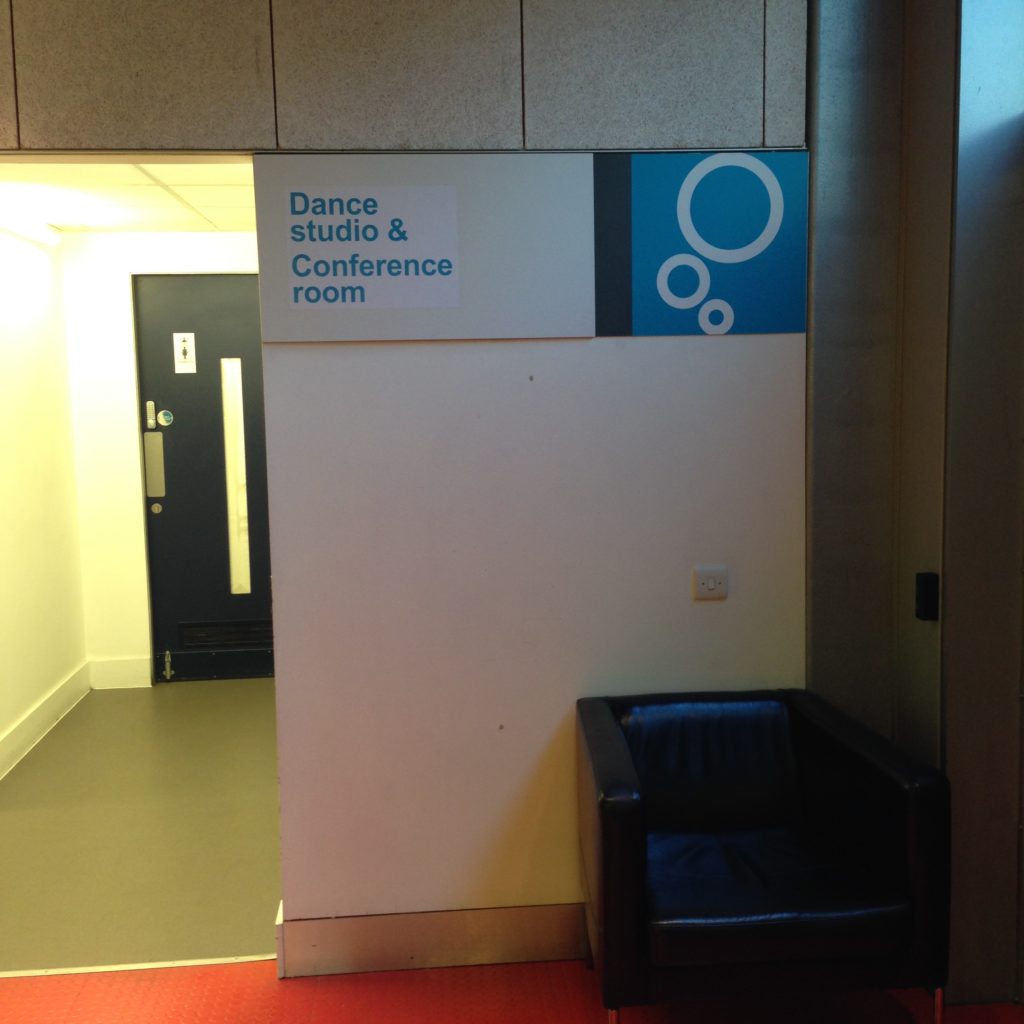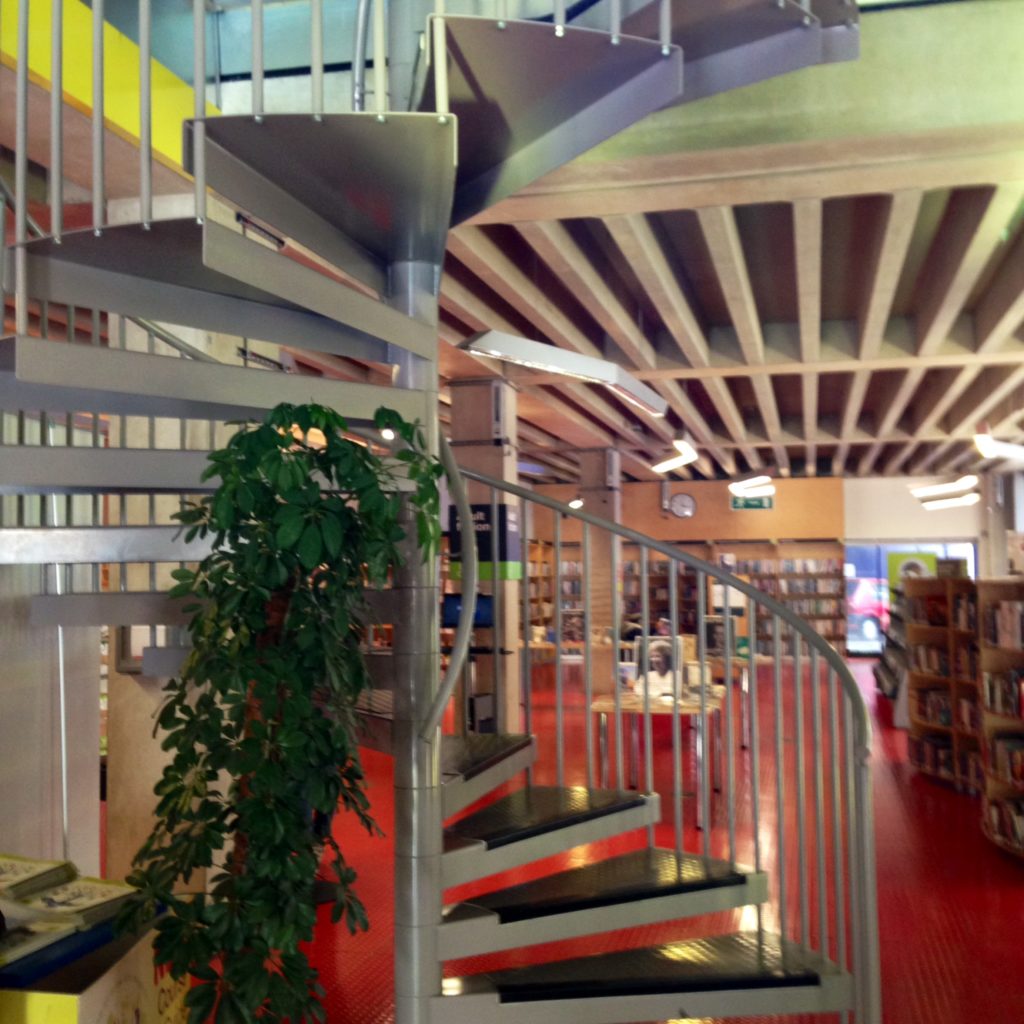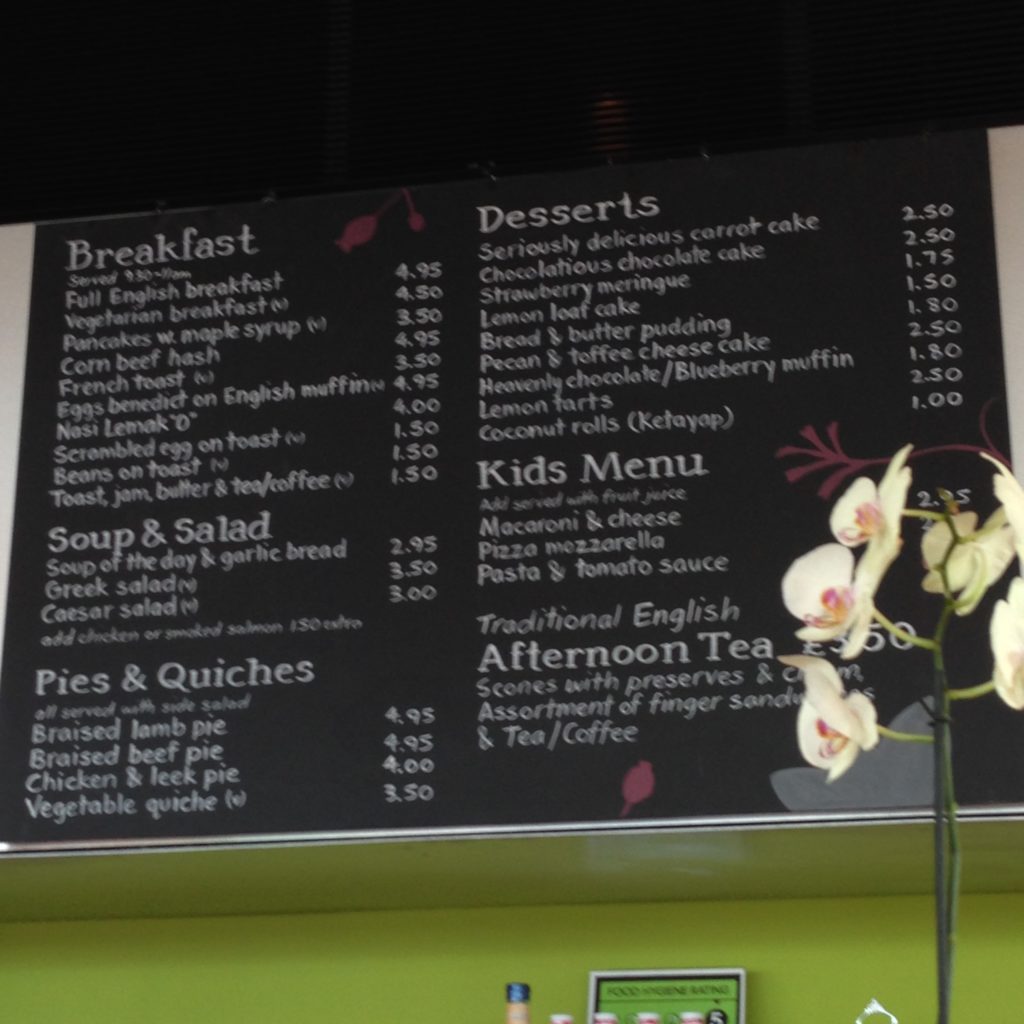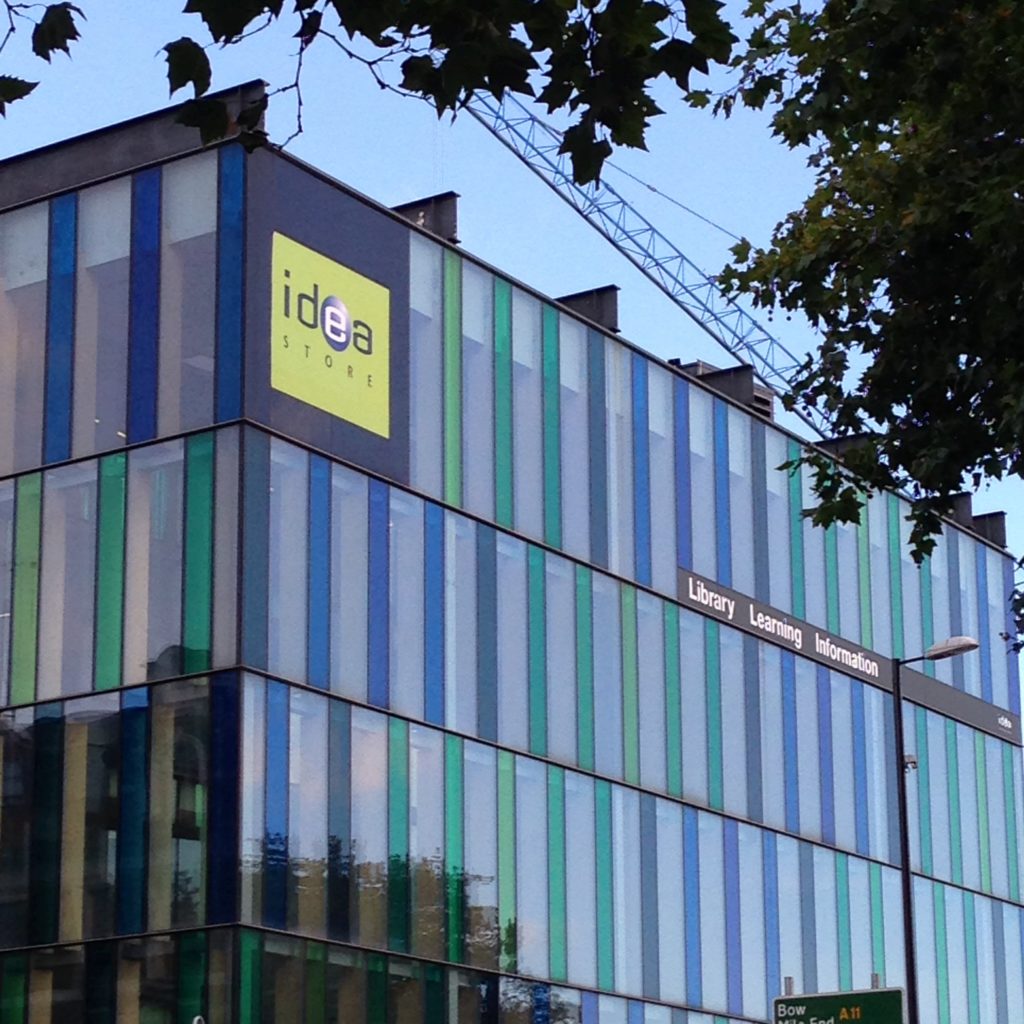Home Away from Home: Idea Store Whitechapel
The first step with any kind of space, any kind of application, service, or idea, has to be its core metaphor. We often don’t consider this, but everything has a metaphor, and that metaphor is what tells the user or patrons what that space, application, or service can do for them. A good metaphor helps people see the affordances of a thing so they can use it more naturally without having to dig for an instruction manual. My classic example of a watertight metaphor is email. If we called it server messages, that wouldn’t help anyone understand what they could do with it, but once you call it email, the metaphor does a lot of the explanatory work for us. You receive it email, send it, store it, throw it away. You get packages, you unwrap them. A tight metaphor can make the difference between an idea that soars and an idea that absolutely fails to catch on.
Libraries come with their own ready-made metaphor; libraries are a metaphor. Other systems and services use the concept of a library to explain the idea that key resources are stored in a place they can access. An image library stores imagines in a browsable format, a seed library stores a wide variety of seeds and makes them available, that sort of thing. That metaphor is useful in many ways, but it also limits what we can do as libraries. People come into a library with many, many preconceived notions. But if you want to reinvent yourself, you have to either stretch the existing metaphor (tricky and often limiting) or create/borrow a new one.
One of the metaphors that higher ed designers have been reaching for of late is “home.” What if the library is your home away from home? What if we designed spaces that looked more like your living room or your dining room? I’ve heard lots of arguments countering this direction, all of them perfectly fair. (Do we really want undergraduate students treating our library the way they treat their own living rooms? Probably not. Does it benefit the library to have a certain level or formality, even if it’s only a little bit of formality? Probably so.) That said, I still find this idea intriguing. My colleague Lauren Di Monte and I have discussed this many times; what if we could have a space to work in that was designed more like a home than like an office? It’s all the rage with high tech companies like Google and Airbnb. The advantages of it for us, as employees, seem obvious: a comfortable chat around a dining room table is more pleasant and relaxed than a conference room. Who doesn’t love working in a sunny kitchen? There’s no single desk in places like that, you pick up and move based on your needs. What if you hunker down and get work done in a place that looks like a living room instead of in a cubicle? Those kinds of spaces, it seems to me, lend themselves better to facilitating real collaboration. It doesn’t let you dig into your space and never come out. It forces you to tailor your location to your need.
The Idea Stores of Tower Hamlets, London, have taken this concept more to heart than any library I’ve ever seen. And to be clear: Idea Stores aren’t just libraries. They are libraries, they are definitely libraries, but they also offer courses and provide space for civic information needs and rentable interview rooms for local businesses, among other things. Idea Stores are what happen when you take a library, shake it out, and reconstruct it based on patron needs rather than tradition.

The metaphor you’d expect (as a North American) is retail, given the name. It’s an Idea Store, do you buy ideas there? Seems logical to my Canadian brain. But this is the UK, and they call their stores shops here. So it’s not an Idea Shop, it’s a Store of Ideas. A variation on the idea of “Library”, without all the connotations people bring to that word. Names and metaphors are cultural and specific, obviously. Idea Store Whitechapel went with a home metaphor. They want their patrons to feel at home there.
I really like this approach, for one giant reason: the longer I’ve been in librarianship, the more I’ve become aware of the fact that the #1 enemy of learning is fear. Everyone’s afraid. They’re afraid of failure, of looking stupid, their afraid of technology. This is the way we live our lives, it seems: battling fear. If you decide that your key goal in relation to your patrons is to first address fear, you can, in my experience, watch them go much further if you ignore their fear and consider them information-needy instead. Entirely different approach! I think the “home” metaphor, with all it’s dangers, is another way to address that core fear. If a place feels homey, that’s one step closer to opening patrons up to new ideas.

Idea Store Whitechapel is at once a little industrial in feel and also very approachably homey. The lighting is lower and dimmer, and the furniture is the same sort of thing you’d buy for your house. But it’s got an industrial-style flooring and exposed wooden beams. It’s not a perfect “home” replica, but the hints are there that it’s not your average library.
They stopped using library lingo. They actually stopped! They have no “Reference Desk,” but they have staffed spaces on every floor. The spaces vary, though: sometimes they look a bit like a traditional desk, but sometimes they’re just an opened out cabinet (more on that in another post). They don’t have “computer labs”, they have very well-used Surfing Spaces. (Bit dated, but I can appreciate their attempt to avoid ye olde library terminology.) There are call numbers, but you can easily browse using the labels on the low shelves, like you would in a bookstore. I didn’t see the word “Circulation desk” anywhere. Lots of self-check machines, though. There are lots of book displays throughout the library, all based on relevant or quirky themes. (There was one of books with cult followings.) You can see and feel that this is a place designed around a patron’s experience rather than the comfort level of the staff. (Again: more on that later.)

Up on the top floor, with a really lovely view of Whitechapel and the Gherkin in the distance, they have a cafe. Not just a Starbucks like we have at home, but a actual cafe, where, until 11:30, you can get a full English Breakfast. I asked about their food policy, in case you were curious: no hot food in the rest of the library, but snacks are okay. And in the cafe, along with the cafe tables where people are eating? The most recent issues of magazines and newspapers, of course. So we have a kitchen and a dining room, and what’s next to that? A living room, with a big television. It’s got a viewing schedule as well, so you know what you’re in for when you sit down (they take requests). But it’s up on the top floor, where you need to at least acknowledge, at some point or other, that there are four floors of resources and services beneath you you might want to think about. We always put the cafe area up front, but I can see the upside of moving it to the top floor. You can’t smell the kitchen anywhere else in the library (unlike at the Canada Water library, which is a story for another post), you lure people up, just like they do in commercial settings, and you get a terrific view.

(Is there any way I can make afternoon tea, with scones, preserves, and clotted cream, happen in Toronto?)
I think the volume of traffic through the Whitechapel branch is telling of the success of its choices. I visited two more libraries today, and neither was as packed as Idea Store Whitechapel. Nor were the activities going on inside as diverse; I saw groups of men chatting at tables, groups of women chatting at tables, young adults studying, lots of women with babies. It really is their second home, and I think, in this context, that’s a good thing.

0 thoughts on “Home Away from Home: Idea Store Whitechapel”
Ah, @rmazar laid to rest my concern about rebranding the library as ‘Idea Store’ http://t.co/TEHhvUeXZV hint: store doesn’t = shop in the uk